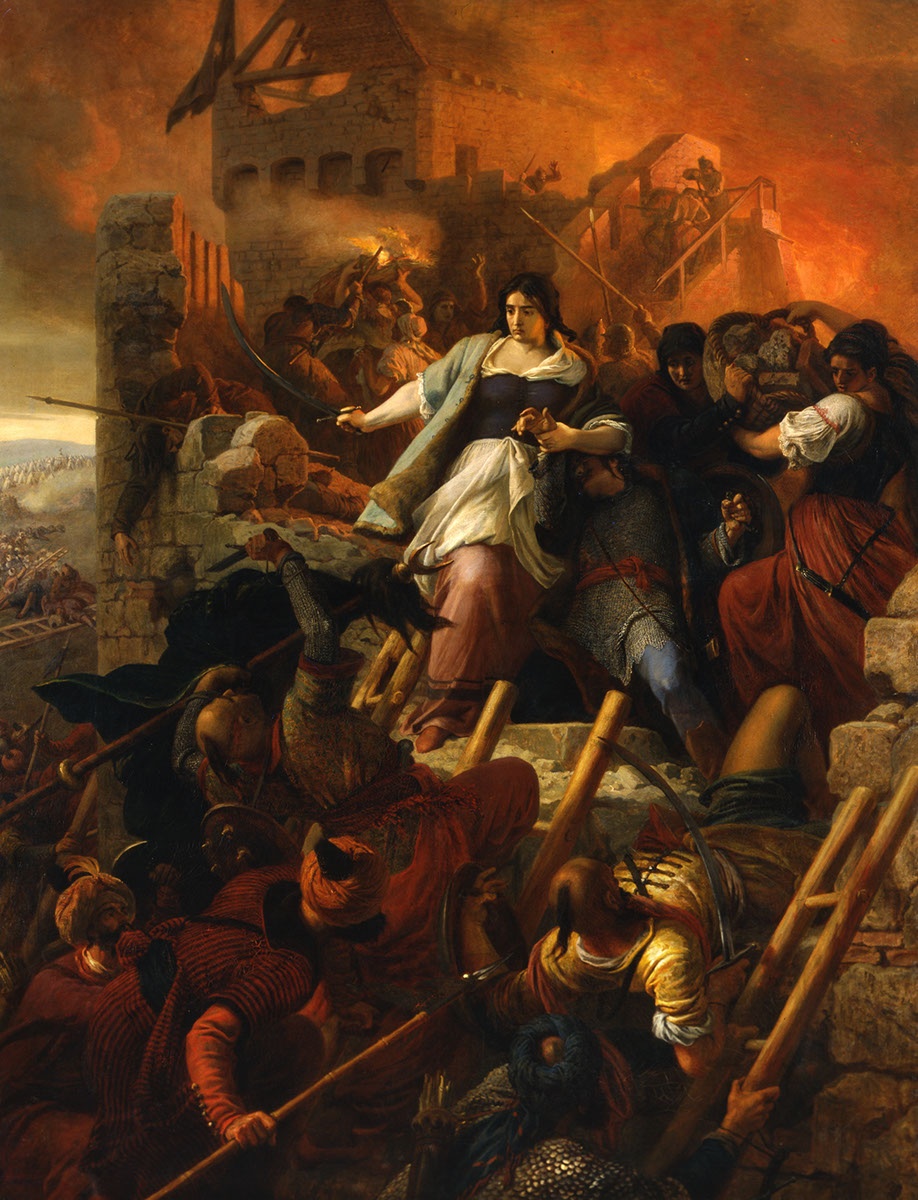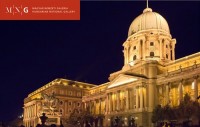On 29 September, 1552, an army of 70,000 Turks gathered at Szolnok and went on to attack the castle of Eger. The defenders of the castle numbered all together 2000, including serfs with no understanding of warfare, and many women and children. Nevertheless, the defenders of the castle, under the leadership of István Dobó, repelled the attacks, and on 18 October, the Turks retreated from the castle. The most famous contemporary account of the heroic defence of the castle was Sebestyén “Lantos” Tinódi’s ballad of 1553, the Fight for the Castle of Eger. Mihály Horváth called attention to the role of women in the siege in his 19th -century work. In his composition, Bertalan Székely wanted to express the Hungarians’ disadvantage in the struggle, as he describes it in his journal. By depicting the central female figure with the attackers in front of her and the castle in flames behind her, he evokes a feeling of true heroism, while creating an eternal symbol of patriotic sacrifice.
en

